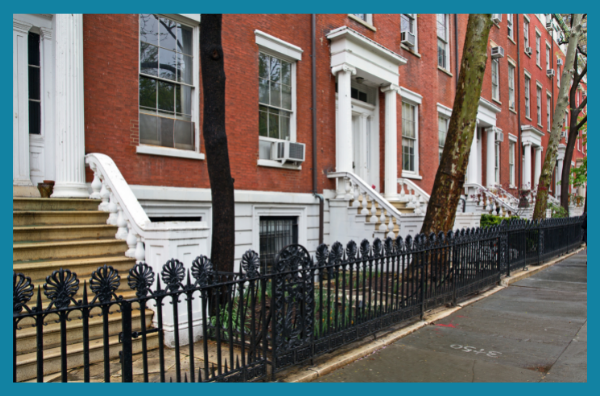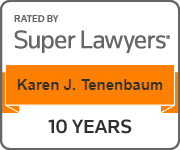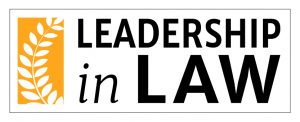Preparing for a Successful New York State Residency Audit
As published in the Suffolk Lawyer, a publication by the Suffolk County Bar Association.

Evidence Establishing Residency
Typically, a New York State residency audit begins with a Nonresident Audit Questionnaire, which asks the taxpayer for proof of his address during a specified period. Thereafter, taxpayers may receive Information and Document Requests (“IDRs”). The type of documentation sought depends on whether the State is seeking to establish that the taxpayer is domiciled in New York or a statutory resident of New York.
Under the domicile test, auditors seek to determine where the taxpayer’s true home lies. They will compare the taxpayer’s life in New York versus another state considering evidence such as the size and use of the respective residences, location of family members and items of sentimental or monetary value, business activities, and time spent in both states, among other factors. Importantly, the burden of proof is on the party seeking to show a change of domicile, which is usually the taxpayer. Therefore, the taxpayer has to present evidence indicating he gave up his New York domicile and established a new one.
Taxpayers may also be considered state residents even if they are not domiciled in New York. The statutory residency test provides that a taxpayer will be treated as a resident of New York if he maintains a “permanent place of abode” in New York for substantially all of the year and spends more than 183 days of the tax year in New York. If there is a question as to whether the New York residence is a permanent place of abode, such evidence should be presented upfront to avoid an analysis of how many days the taxpayer spent in the State. For example, the home may not be suitable for year-round use because it has no heat or is under construction.
Proof of the days spent in New York can be established with records from cellphones and landlines, credit cards statements, and utility bills, E-Z Pass and security card data, banking transactions, travel documents, and credible testimony.
It is important in challenging an audit to present the strongest case possible and explain evidence that is not in the taxpayer’s favor. For example, cellphone data may incorrectly indicate that a taxpayer was in New York rather than a neighboring state because a New York cellphone tower had a more powerful signal. If evidence is false or misleading, be prepared to offer other proof of where the taxpayer was actually located.
New York State has updated its Nonresident Audit Guidelines effective January 1, 2022.
Additional Strategies
If the taxpayer has not been contacted by the state, consider “confessing” under New York State’s Voluntary Disclosure and Compliance Program to avoid penalties. Where the taxpayer is already under audit, make an early request to have penalties abated.
Most important, be courteous, responsive, and willing to negotiate with the auditor, particularly if you do not have a strong case.


